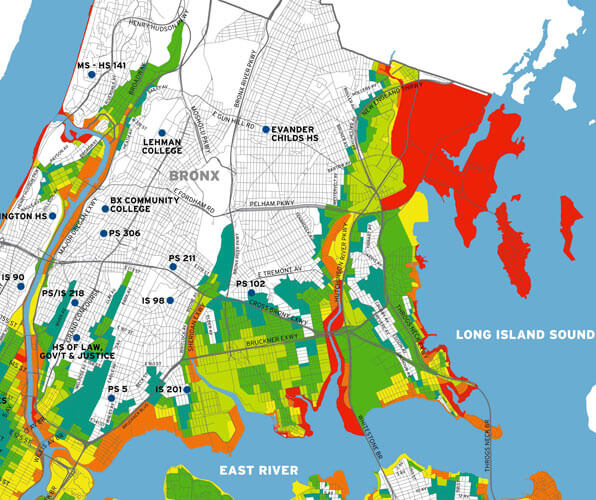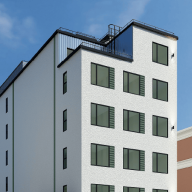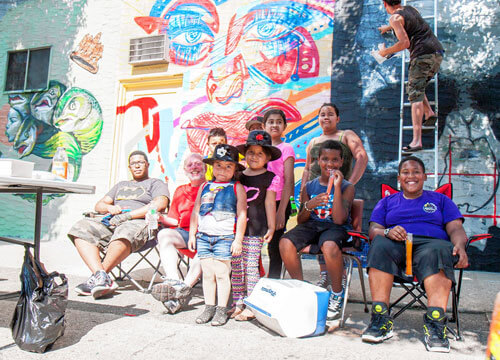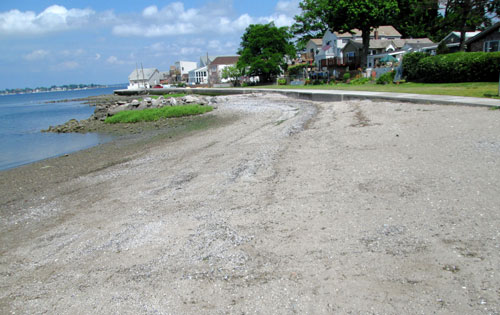The height of hurricane season is upon us, and Bronxites should “know your zone.”
That’s the message from the Office of Emergency Management, who is urging New Yorkers to find out if they live in a hurricane evacuation zone since they have recently changed.
Hurricane evacuation zones were redrawn in 2013 and the “know your zone” awareness campaign was launched by the city for the 2014 hurricane season, said Nancy Greco Silvestri press secretary for the Office of Emergency Management.
“We want all New Yorkers to be aware that zones have changed and what that means for them,” said Greco Silvestri.
The biggest change in the zones is the shift from three evacuation zones labeled A-B-C to six zones labeled 1-6, she said.
The breakdown of the zones, drawn from updated data, mean the city will be able to be more precisce in ordering evacuations, with less of a chance of over or under-evacuating.
“The six-zone system allows the city more flexibility in ordering evacuations,” said Greco Silvestri.
And some areas that were not previously an evacuation zone have been added to Zone 6, she said.
New evacuation zones of the Bronx include parts of Pelham Bay, additional areas of Throggs Neck and Country Club, as well as Parkchester, among others. In total, about 362,000 people in the borough live in a hurricane evacuation zone (excluding Rikers Island).
Although hurricane season officially begins June 1, the height of the season is August 1 through October 31.
“New York is most vulnerable in those months,” said Greco Silvestri.
She said the first step in being prepared for a storm is to “know your zone,” and then make a plan in case that zone is evacuated.
The city recommends evacuees try to find family or friends to stay with, said Silvestri, but if that’s not an option you can head to a designated evacuation center.
Its also a good idea to pack a “go-bag” of things you would need in case of an emergency, she said, which might include copies of important documents, extra keys, and a list of medications in addition to food, water and flashlights. For help developing an emergency plan, visit nyc.gov/myemergencyplan.
In addition to being prepared physically for an evacuation, residents should be mentally prepared to leave their homes in the case of a storm, said Ken Kearns, distric manager of Community Board 10.
“You have to be able to make the emotional break to go,” he said.
Hurricane preparedness is of a big concern to him, since most of Board 10, including neighborhoods like City Island and Throggs Neck, falls in an evacuation zone. Kearns said one issue he is addressing is the designated evacuation center for the area, Evanders Child School in Williamsbridge, which he feels is too far from evacuation zones.
The board is also opening discussions with the Mayor’s Office of Resiliancy to bring flood protection plans to the East Bronx.
“We’ll work with the OEM and the Office of Resilency to develop viable strategies to protect shoreline communities of Board 10,” said Kearns.
You can find out if you live in an evacuation zone by visiting nyc.gov/knowyourzone or calling 311.






















